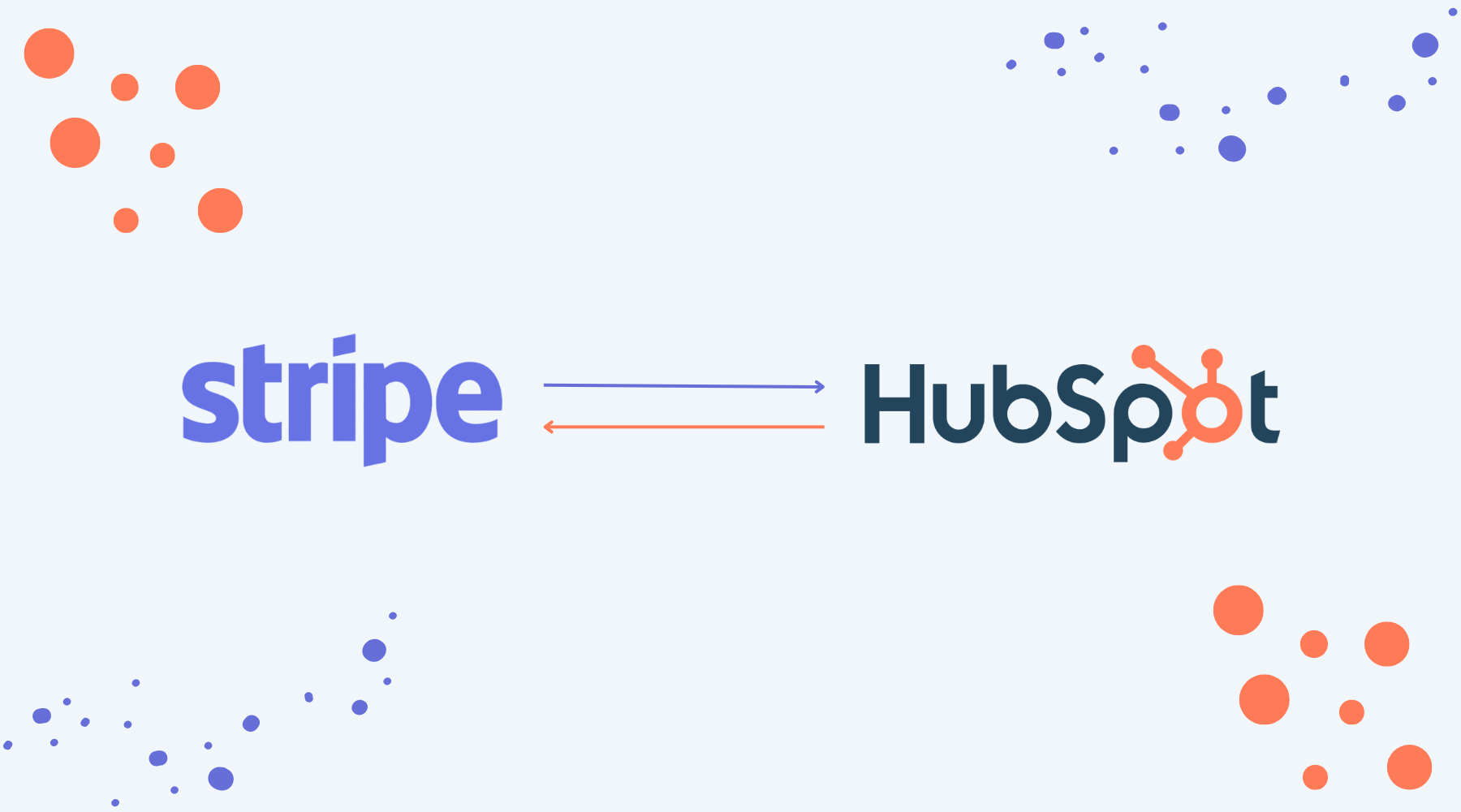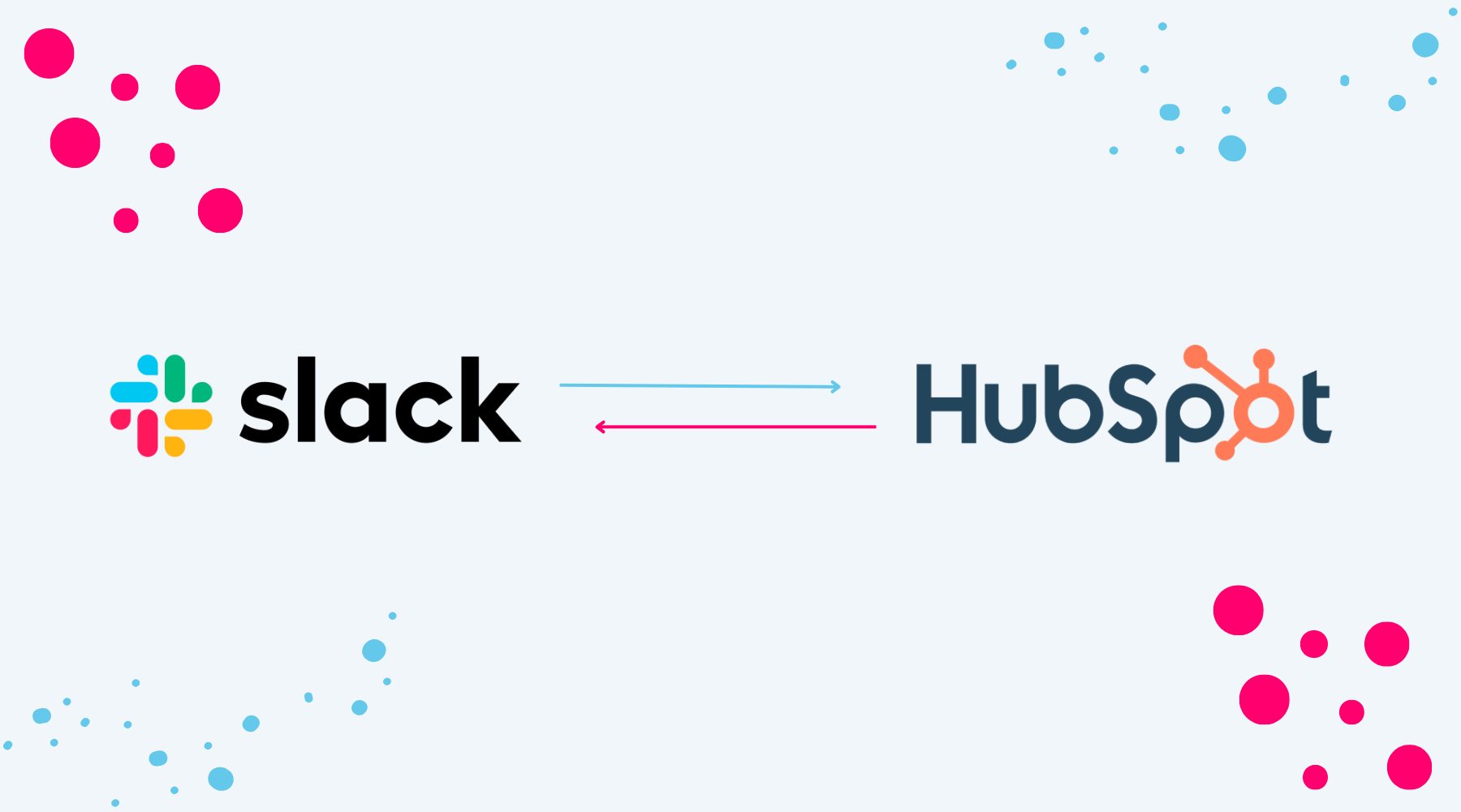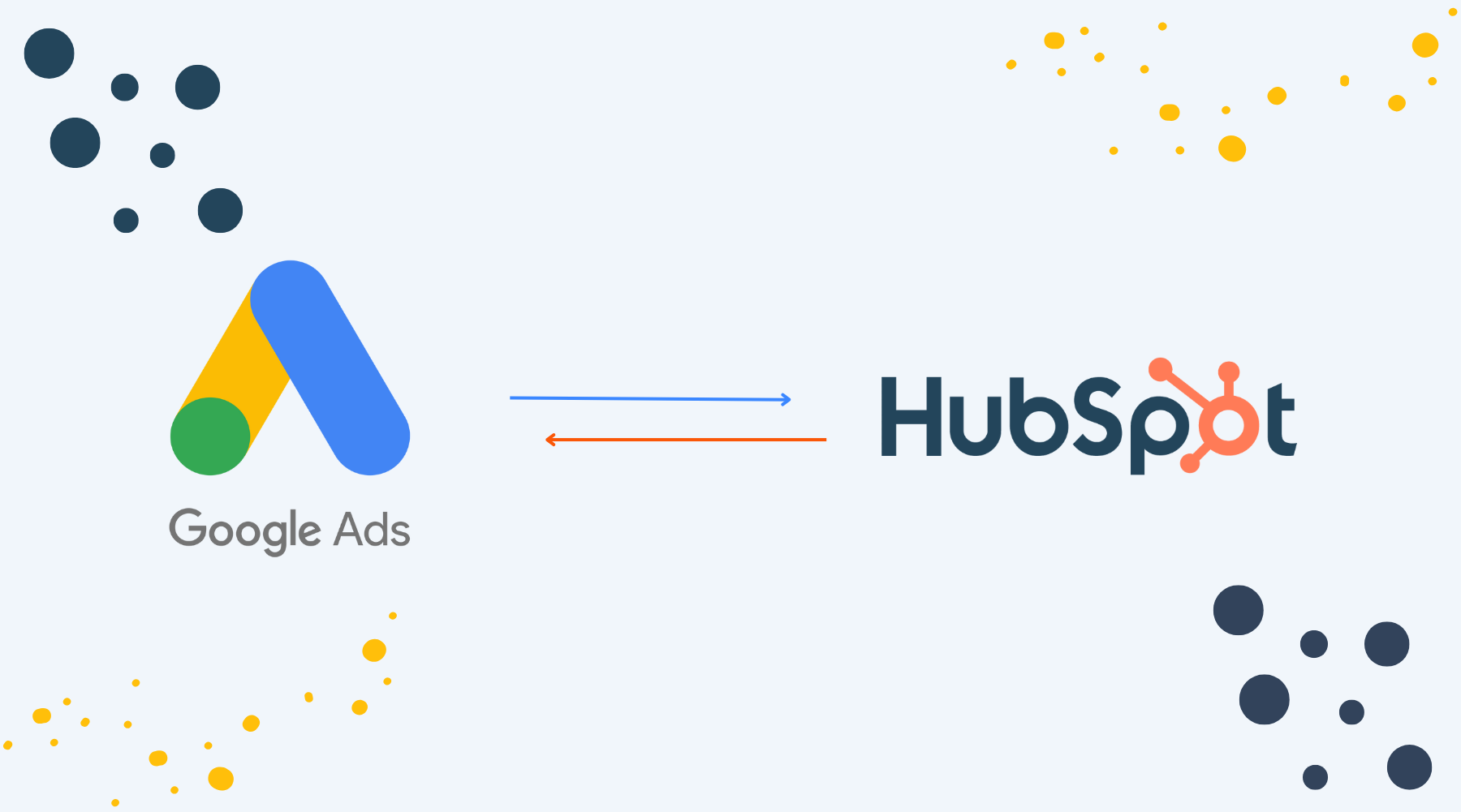Does Chat Work? Defining & Tracking Chat KPIs
Written by: Elsy Rios
Published: 17 November, 2021
Chat tools can help your business grow by proactively engaging with prospects, answering simple questions, helping customers find information quickly, or granting access to a human representative as soon as needed.
But how can you measure and report on how well your chat tool is working?
Identify the main goals of your chat
A couple of quantitative and qualitative ways you can help define your KPIs include:
What are your desired outcomes of the conversation?
Some key desired outcomes of chat could be:
- Self-service - the number of chats that allow a person to find what they were looking for and reduced the need to contact a customer support agent
- Lead generation - the number of contacts who submitted their contact information via the chat tool
- Engagement - the number of chat interactions in total or per contact
- Sign-ups - the number of contacts who signed up for an event, newsletter or other offer
Alternately, you might want to track the undesired outcomes of the conversation:
- Inability to self-service - the number of chats that resulted in a request to transfer to a live agent or a request for call back from a live agent vs the amount that found what they were looking for
- Chatbot / FAQs not found - when using an answer tree or progressive logic, how many sessions resulted in the answer not being found
- Frustration with other channels - some frustrations you might want to track would be the number of people who are using the live chat when they can’t get through on the phone or by email
Different ways to measure chat success
Here are some ideas that can help get you started to identify, quantify and really track your main chat goals.
-
Lead conversions & lead conversion assistance
Converting leads is a crucial metric that helps us see whether our business is growing. We’ve heard it quoted that leads are 9X more likely to convert when businesses follow-up within 5 minutes.
But let’s get real, when someone starts interacting with your chat tool they’re not going to wait 5 minutes to get a response. With the average attention span now being just seconds, you need to be sure to have some sort of response immediately before that person loses interest and starts checking their emails, Facebook or something else that will end up distracting them entirely.
You should also be measuring... It's strongly recommended that you track your average response time for your chat engagements. This is generally a strong correlation to the outcome of the chat. Long wait times = unsuccessful chat engagements.
Use a chatbot to get the conversation started.
Your chatbot should be tailored to respond immediately when a chat is initiated or to prompt the conversation with some canned questions. By offering visitors options, you’ll help set their expectation as to what kinds of questions they can ask the bot. It has the added benefits of reducing questions that the bot wasn’t scripted with, potential misspellings, or any wordiness that can cause poor results from the bot. -
Interaction Rate
This KPI allows you to measure user engagement during conversations with your chatbot. You’ll be measuring the number of messages exchanged during the conversation. For many businesses higher interaction rates are a sign that your bot is effective in facilitating the conversation. For others, low interaction rates may be a sign of success that your visitors are getting the answers they need quickly.
Check your short interactions to see if these are quick, successful completions or quick dead ends for your visitors.
Either way, expect to revise your script time and again to add and refine your logic and ensure that the bot is running smoothly.
-
Chatbot Retention Rates (Happy Customers)
This KPI measures the percentage of users that return to use your bot every day. Whether this is ‘success’ or a drain on resources depends on the product or services you’re offering. How often would you say your customers need to come back to your bot for help or guidance? What kinds of questions are they asking? Take those FAQ’s and implement them throughout your script. And to keep those customers coming back make sure to provide them with value. This value can be displayed as personalized recommendations on sales, blogs, or recent events based on their journey through the marketing funnel.
-
Bounce Rate
How often do customers stop by and visit your site but leave without interacting with your content at all? Having a high bounce rate means people are leaving without an interaction on that page.
If you have a high bounce rate and reducing bounce rate is one of your key metrics, chat can help. A catchy and helpful intro on your chat tool can encourage a visitor to turn to the chat to find what they’re looking for instead of leaving the site when the info they expected isn’t readily visible on their landing page.
If no one interacts with your chat...
If your chat is getting little to no engagement there is a few things you can do to capture interest and spark engagement.- Take a look at your bots welcome messaging, is it too long?
- Are you using the right tone for your brand?
- Are the lead-in questions clear?
-
Chat Duration
By tracking and observing the duration of your chats, you can see whether your customers are getting answers to their questions quickly enough. If you notice some chats end up at a dead end or they are too long then there’s potential for you to improve your script, or opportunities to better equip your team with resources to aid them during those moments.
-
Chatbot Transfers to Human Agents
About 46% of users would still prefer to speak with a real person, so make sure your chatbot conversations always offer your customers the opportunity to be transferred to a real human. However, too many transfers isn’t always a good thing. Chatbots are there to help alleviate some of the load from the customer support team. If you’re not feeling alleviated then it’s time to analyze your incoming questions and where your bot ceases to be able to help and why.
-
First Response Time (FRT)
How long does it take your team to respond to a chat? Some sources say it should take between 6 to 15 seconds, while others mention about 15 minutes. In reality, customers are expecting almost instant responses. The minimum is 10 minutes, otherwise the customers take their business elsewhere. If you find that your chats have a long response time, employing a bot to help with those initial questions can help shorten your FRT.
Taking Action
If you feel like taking the chatbot option isn’t for you, maybe take a look at live chat as an option. If you’d like more help with your chatbot, feel free to reach out to us! Or If you’d like some tips on SEO and UX for your website you could either read our thoughts on the biggest SEO and & UX mistakes, or start up a conversation directly below with our live team members. Stay curious!

Written by: Elsy Rios
Elsy is a web designer and UI/UX designer with CRO:NYX Digital. She has a passion for creating a strong in-app and online user experience for every project that she works on.
Solutions
Results
Resources
About
Contact
© CRONYX Digital SEZC







.png)
.png)
.png)
.png)